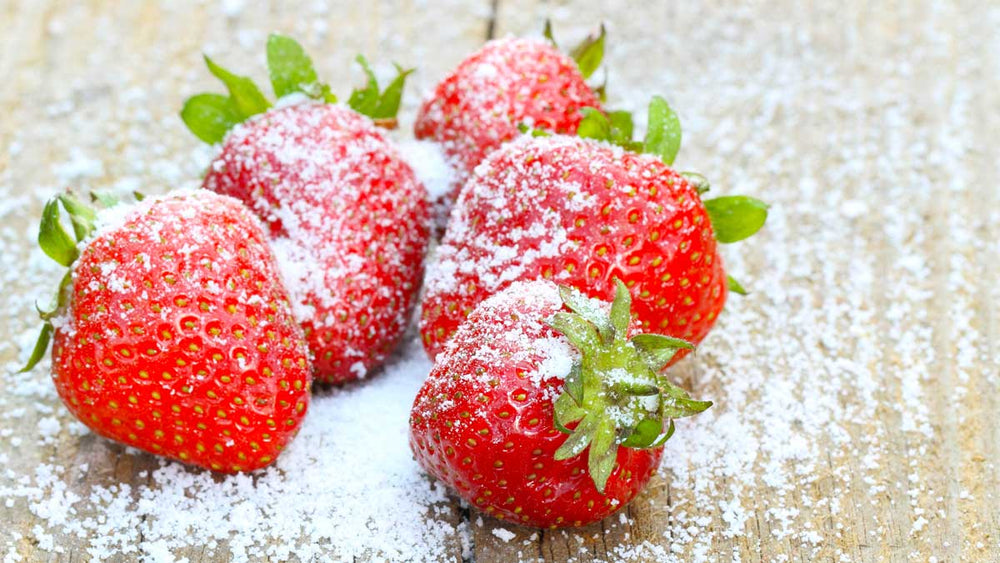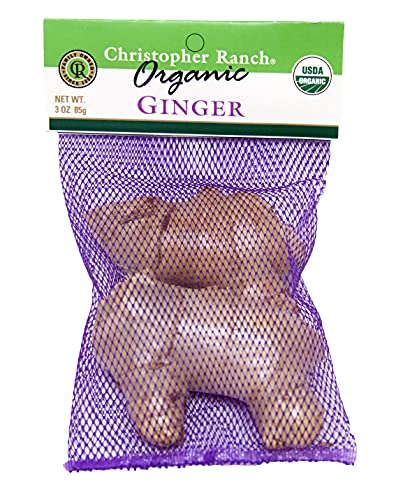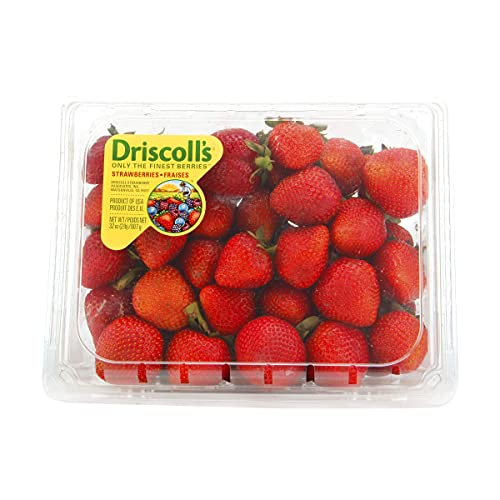Sometimes we need a little sweetness in our lives!
Got a sweet tooth? I combed through Monash University’s data on fruit, sweet flavor boosters, and sweeteners to help you make delicious and nutritious sweets and treats that won’t upset your gut on the Low FODMAP Diet for IBS.
I also have a not-so-secret dietitian agenda: decreasing added sugars. Consuming excess added sugars--even Low FODMAP options--can be detrimental to cardiometabolic health. This list will help you think through sweetening foods with herbs, spices, and fruit first so that you can enjoy your food with less added sugar.
4 Types of Low FODMAP Sweeteners & Flavor Boosters
1. Low FODMAP spices and flavor boosters.
A balance of flavor--not just sweet--but salty, bitter, umami, and/or sour, too, keeps Low FODMAP food delicious and interesting. Try adding these flavor boosters and sweet spices to your food:
- Vanilla
- Rose or orange blossom water - use drops! Too much will taste soapy.
- Lemon or orange zest
- Allspice
- Cinnamon
- Cloves
- Star anise
- Ginger
I especially like brewing coffee with cloves, cinnamon, or vanilla for extra flavor in place of a sweetened creamer.
2. Low FODMAP fruits.
Low FODMAP fruits sweeten your recipes without added sugar-- but with added phytonutrients, vitamins, minerals, and fiber. It's a win-win!
- Blueberries - up to 1 cup
- Strawberries - up to 5 medium berries
- Firm or common banana - up to 1 medium banana
- Clementine
- Kiwi - 2 small fruits
- Navel orange - up to 1 medium fruit
- Pineapple - up to 1 cup chopped
- Strawberry Jam - up to 2 Tbsp (avoid high FODMAP additives!)
Warm crushed berries are my all-time favorite way of sweetening food--they’re great instead of syrup on pancakes or waffles, or as a quick compote.
3. Choose a Low FODMAP added sugar.
The American Heart Association recommends limiting added sugars to less than 6 teaspoons (25 grams) for women and children, and to less than 9 teaspoons (36 grams) for men--regardless of FODMAP content. Within those limits, there are several Low FODMAP added sugars:
- Pure maple syrup
- Brown sugar
- Icing sugar
- Palm sugar
- Raw sugar
- White sugar
- Rice malt
I’m partial to maple syrup because it adds another flavor dimension with a sweetness that helps me to use less total added sugar.
4. Try stevia.
Stevia is a non-nutritive sweetener and is considered Low FODMAP at 2 tsp.
That’s a lot of sweetener options! But what sweeteners should you limit or avoid on a Low FODMAP diet for IBS? Here are 4 Types of High FODMAPs Sweeteners to avoid on a Low FODMAP Diet:
1. High FODMAP fruit juices and jams.
- Mixed berry jam
- Apple juice
- Apple juice blends such as apple raspberry or tropical
2. High FODMAP fresh and dried fruit and oversized portions of fruit.
- Apple
- Apricots
- Ripe banana - high at 1 medium (low at ⅓ medium)
- Blackberries
- Cherries
- Dates
- Figs
- Grapes (low at 6 grapes for red and green)
- Mango
- Nectarine
- Peach
- Pear
- Persimmon
- Pomegranate - high at ½ cup seeds
- Prunes
- Raisins (Low at 1 Tbsp)
- Raspberries (Low at ⅓ cup)
- Watermelon
3. High FODMAP syrups
- Agave syrup
- Apple syrup
- Golden syrup
- Honey (low at 1 tsp)
- Malt extract
- Sorghum syrup (low at 2 tsp)
- Molasses (low at 1 tsp)
- High Fructose Corn Syrup
4. High FODMAP sugar replacements with polyols such as sugar alcohols.
You can read more about them at Monash University’s FODMAP blog written by dietitians Dr. Jaci Barret and Lyndal McNamara here.
- Sorbitol
- Mannitol
- Xylitol
- Maltitol
- Isomalt
I recommend the Monash University smartphone app for quick answers to in-the-moment portion-size questions. Monash University tests and retests foods for FODMAP content and posts their data on their app so that you can get portion-size answers whenever and wherever you need them.
You can also check out these simple checklists and shopping lists made by dietitian and IBS expert Kate Scarlata.
- Monash University. (n.d.). Get the App. Low FODMAP Diet App | Monash FODMAP. Retrieved February 9, 2023.
- Johnson, R. K., Appel, L. J., Brands, M., Howard, B. V., Lefevre, M., Lustig, R. H., Sacks, F., Steffen, L. M., Wylie-Rosett, J., & American Heart Association Nutrition Committee of the Council on Nutrition, Physical Activity, and Metabolism and the Council on Epidemiology and Prevention (2009). Dietary sugars intake and cardiovascular health: a scientific statement from the American Heart Association. Circulation, 120(11), 1011–1020.
- Vos, M. B., Kaar, J. L., Welsh, J. A., Van Horn, L. V., Feig, D. I., Anderson, C. A. M., Patel, M. J., Cruz Munos, J., Krebs, N. F., Xanthakos, S. A., Johnson, R. K., & American Heart Association Nutrition Committee of the Council on Lifestyle and Cardiometabolic Health; Council on Clinical Cardiology; Council on Cardiovascular Disease in the Young; Council on Cardiovascular and Stroke Nursing; Council on Epidemiology and Prevention; Council on Functional Genomics and Translational Biology; and Council on Hypertension (2017). Added Sugars and Cardiovascular Disease Risk in Children: A Scientific Statement From the American Heart Association. Circulation, 135(19), e1017–e1034.
- Barrett , J., & McNamara, L. (2016, April 17). What are the polyols? Polyols - A blog by Monash FODMAP . Retrieved February 9, 2023.
- Scarlata, K. (n.d.). Low and high FODMAP diet checklists. Kate Scarlata RDN. Retrieved February 9, 2023.




















Comments
Join The Conversation...